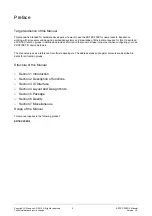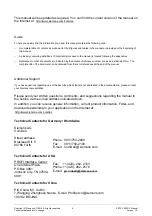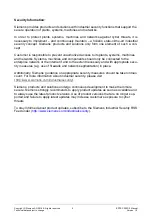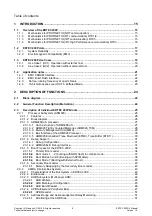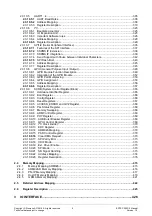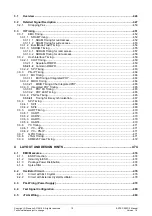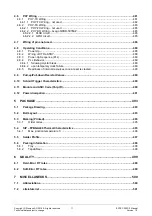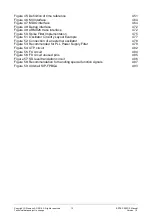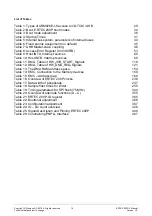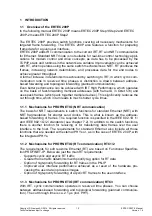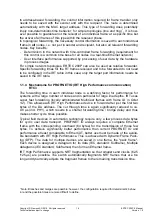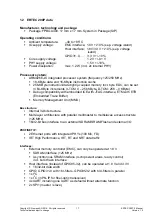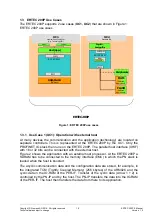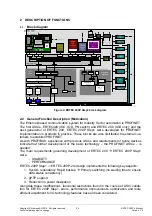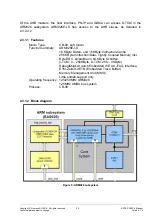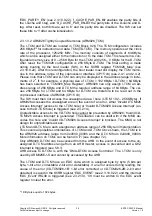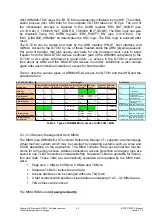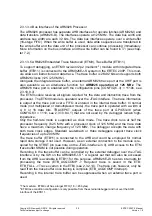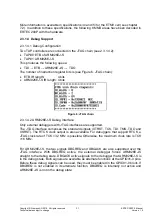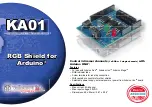
Copyright © Siemens AG 2016. All rights reserved
16
ERTEC 200P-2 Manual
Technical data subject to change
Version 1.0
In address-based forwarding, the control information required for frame transfer only
needs to be saved with the sender and with the recipient. The route is determined
automatically with the MAC target address. This type of forwarding does potentially
imply non-deterministic time behavior; for simple topologies (line and ring)
F
, it is how-
ever possible to guarantee not the receipt of an individual frame at a specific time but
the arrival of all frames of this type within the reserved phase.
In topological forwarding, the necessary control information is saved fro each individual
frame in
all
nodes, i.e. not just in sender and recipient, but also all relevant forwarding
nodes. Key benefits:
-
Determinism in the network with time-controlled frame forwarding (requirement for
this control is a common time base for all nodes in a real-time Ethernet network)
-
User interface performance supported by processing of user data by the hardware
in process images
For simple network topologies, ERTEC 200P can also be used as relative forwarder.
Specific forwarding times for the RT frames received and to be forwarded do not need
to be configured in the IRT table in this case; only the target port information needs be
saved in the IRT table.
1.1.4 Mechanisms for PROFINET IO (IRT High Performance communication)
RTC3
The forwarding time in each individual node is a defining factor for performance for
systems with a large number of nodes and in particular for large line depths. IRT uses
super fast forwarding (locally administrated MultiCast frames with frame ID in Octet
1/2). This allows each IRT High Performance device to forward after just the first two
bytes of the DA address. The cut through time is again significantly reduced to ca.
0.8 µs (incl. PHY), which results in a shorter forwarding time / bridge delay and thus
makes shorter cycle times possible.
Typical field devices in automation technology require only a few process data bytes
for cyclic user data transport. PROFINET IO always requires a complete Ethernet
frame with the corresponding overhead (64 bytes) for the transmission of those few
bytes. To achieve significantly better performance than current PROFINET IO and
performance at least comparable to EtherCAT, better use must be made of the availa-
ble bandwidth with IRT High Performance. This is achieved with Dynamic Frame Pack-
ing (DFP). The data for multiple devices are saved in one frame, the "pack frame".
Each device is assigned a datagram for its data (IEC standard: Subframe). Multiple
datagrams (IEC standard: Subframes) then form an Ethernet frame.
IRT High Performance supports NRT fragmentation so that smaller send clocks (62.5
/125 µs) are possible. The switch automatically fragments NRT frames that are too
long and dynamically adjusts the fragment frames to the remaining transmission time.
1
Note: Branches and merges are possible; however, the configuration required for deterministic behav-
ior and the possible times are more difficult to define.


